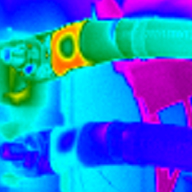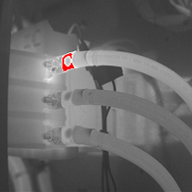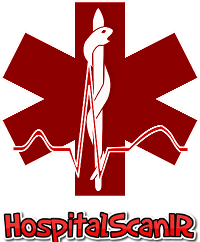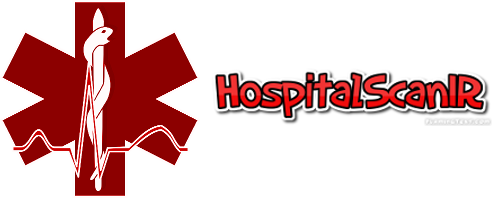Infrared thermography is used to perform Predictive/Preventive (P/PM) inspections on electrical equipment.
Excess resistance on electrical apparatus indicates electrical problems…such as loose connections, overloaded or imbalanced circuits, faulty breakers, damaged switches, corroded fuses and a wide range of other unwanted electrical conditions.
By far, the most popular and widely used application of infrared thermography is electrical switchgear testing. No other commercial application has achieved the level of interest than that of electrical infrared thermography. Daily, the electrical switchgear in thousands of buildings are checked by thermographers all over the country. Electrical Infrared is now an integral part of any facility manager’s preventative/predictive maintenance (P/PM) program.



Before an electrical component burns up, it heats up. Thermography is used to see the excess resistance (heat) so that problems can be found and maintenance personnel can act to correct the problem before the component fails, causing damage to the component, safety hazards and/or school closings.
What Electrical Distribution Equipment Should Be Checked?
- Utility substations, transformers and feed poles
- Main incoming services, Main School Disconnects, capacitor banks, etc
- Main switchboards and disconnects
- Main distribution panels and main disconnects
- Uninterruptible power supplies
- Generator controls and transfer switches
- Main I-Line panels
- Lighting and receptacle panels
- Disconnects and combination starters
- Service disconnects for motors
- Machine control panels
To read more about electrical and mechanical P/PM, see links below…


